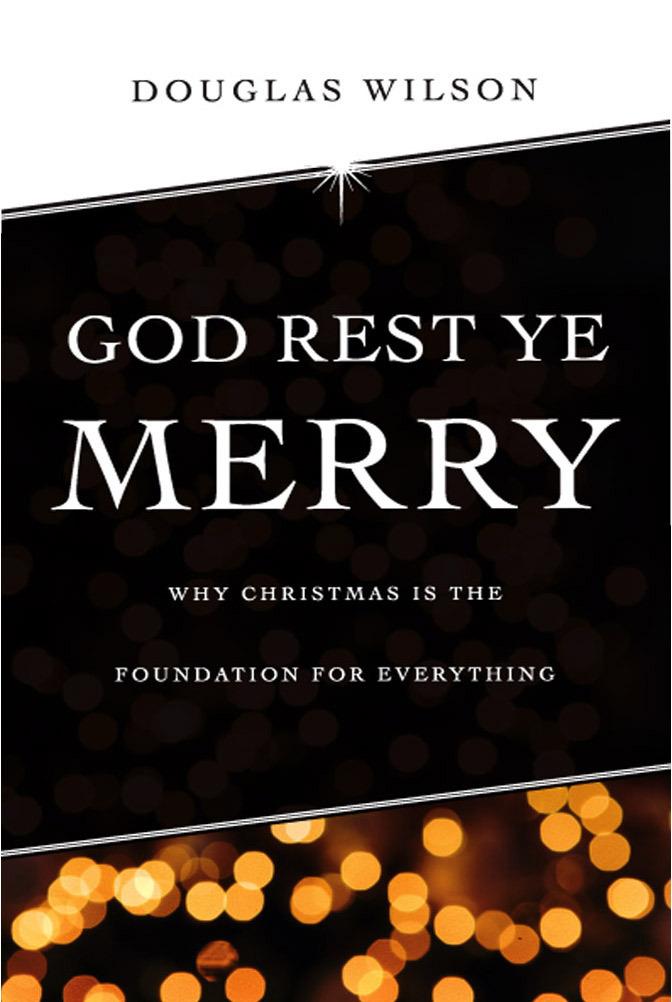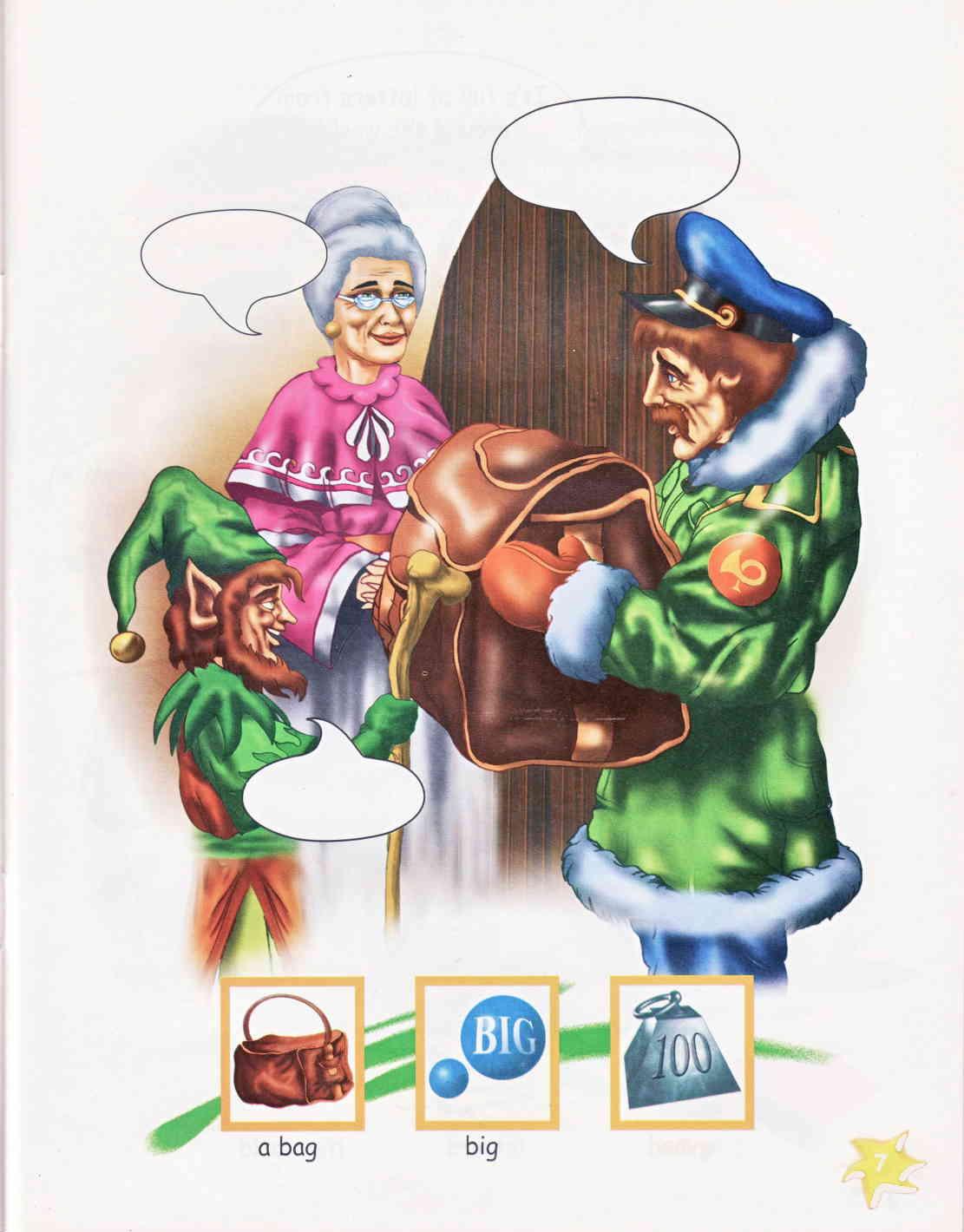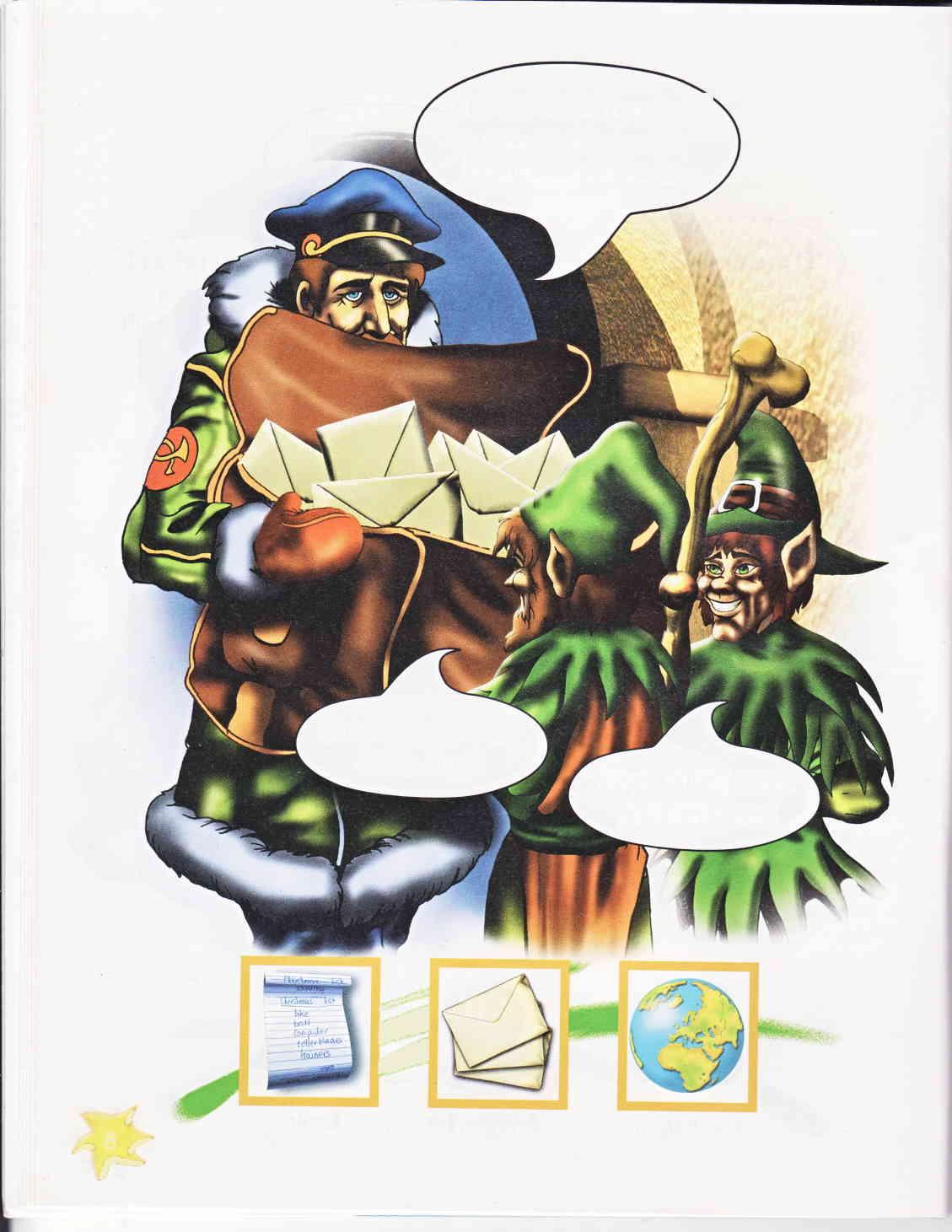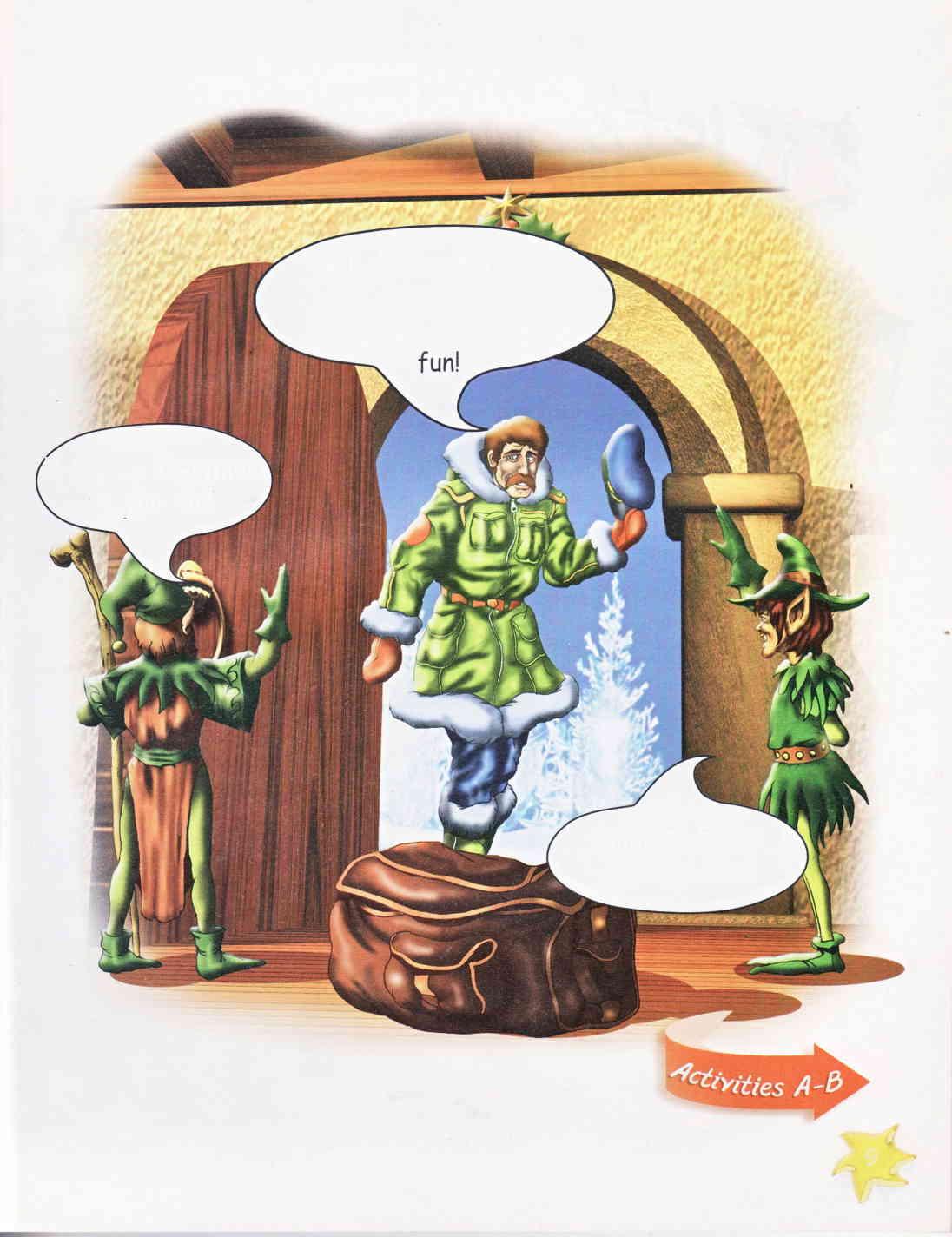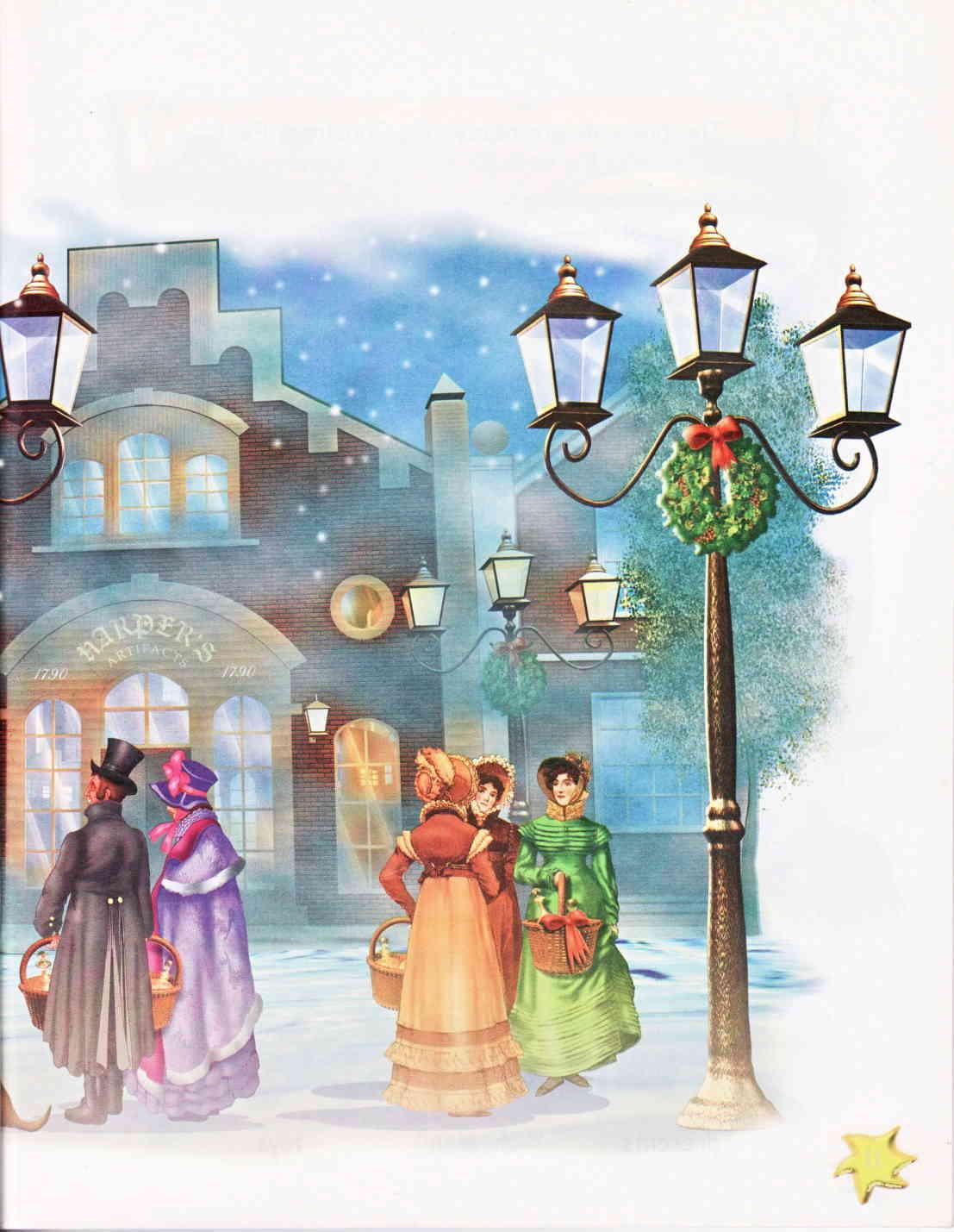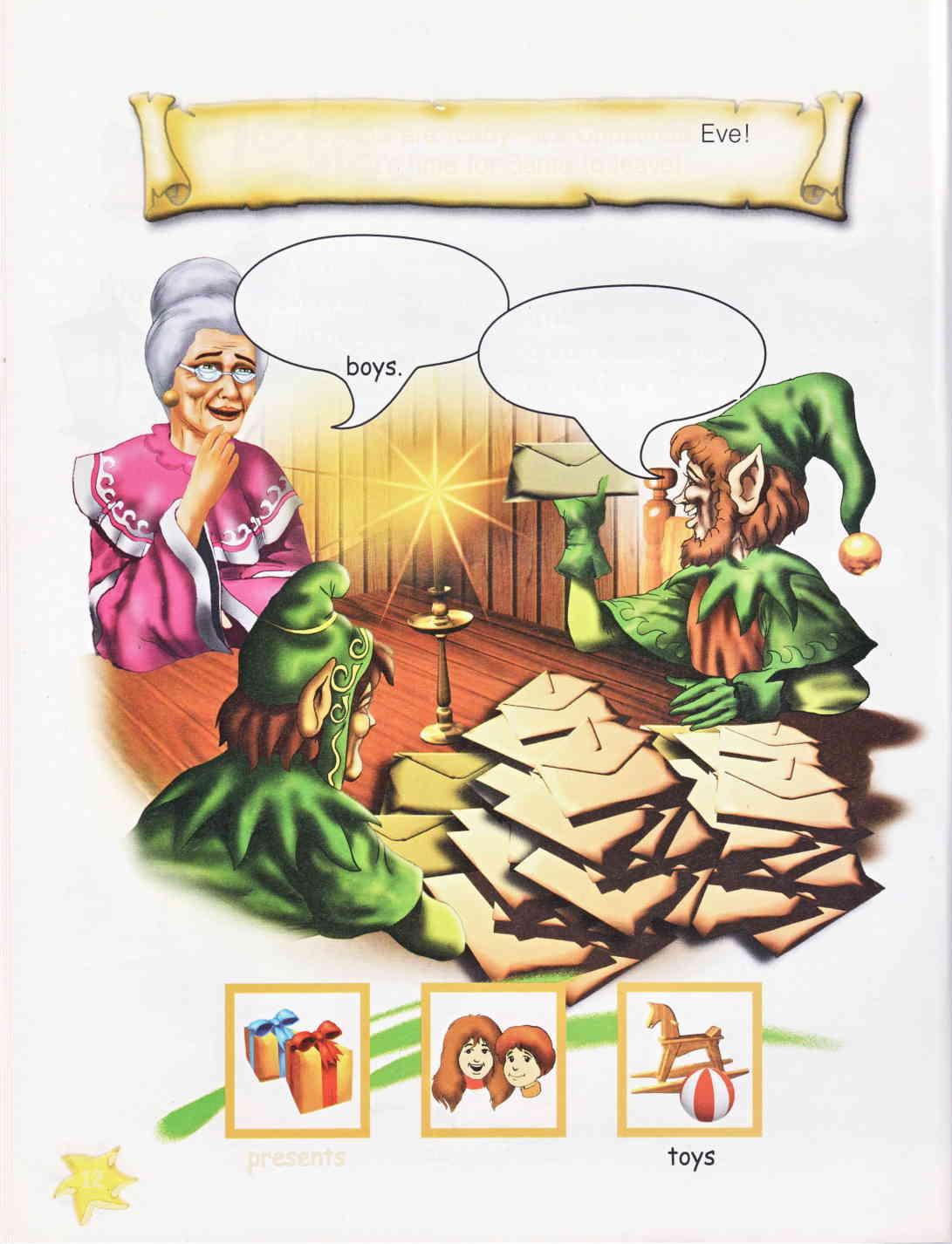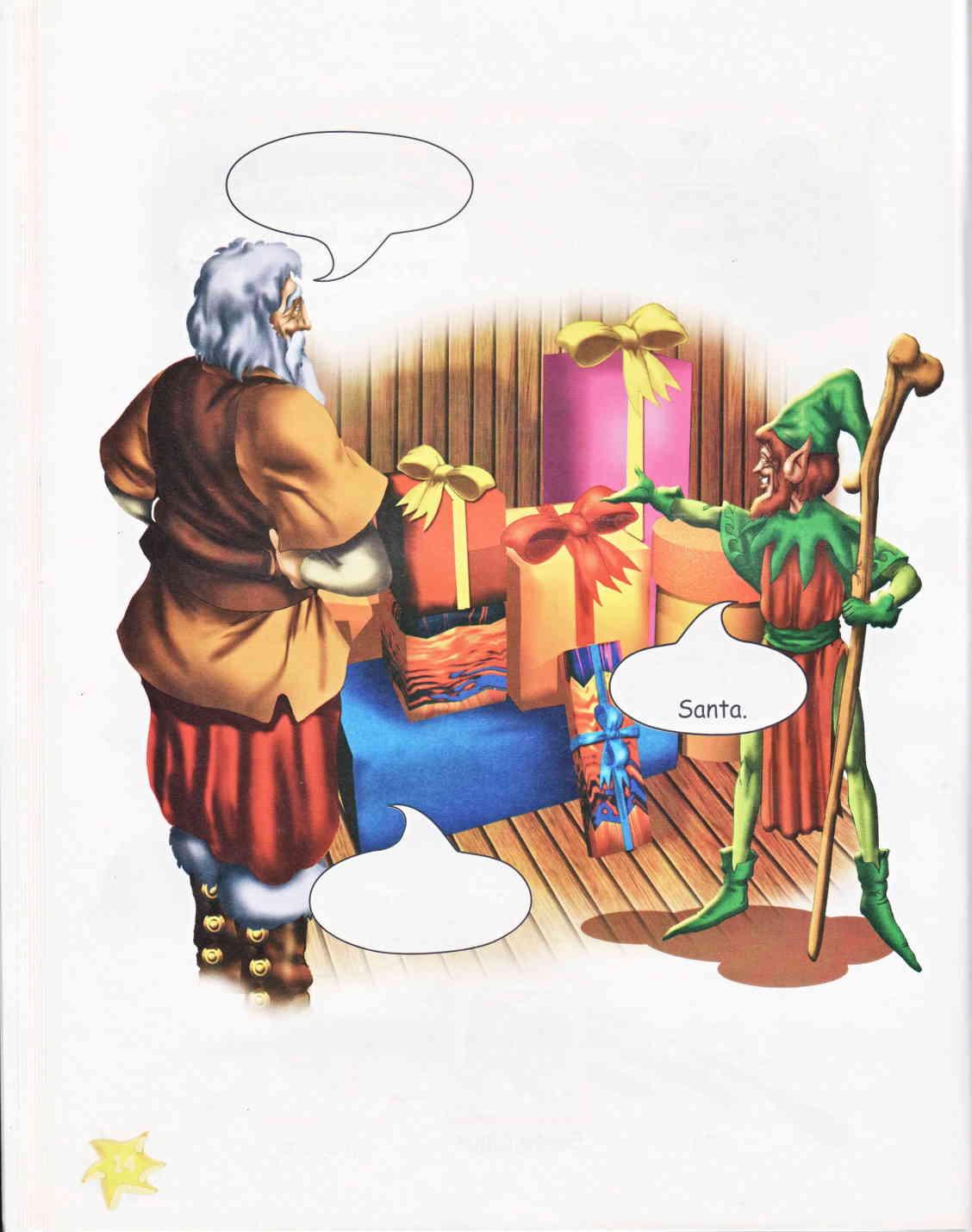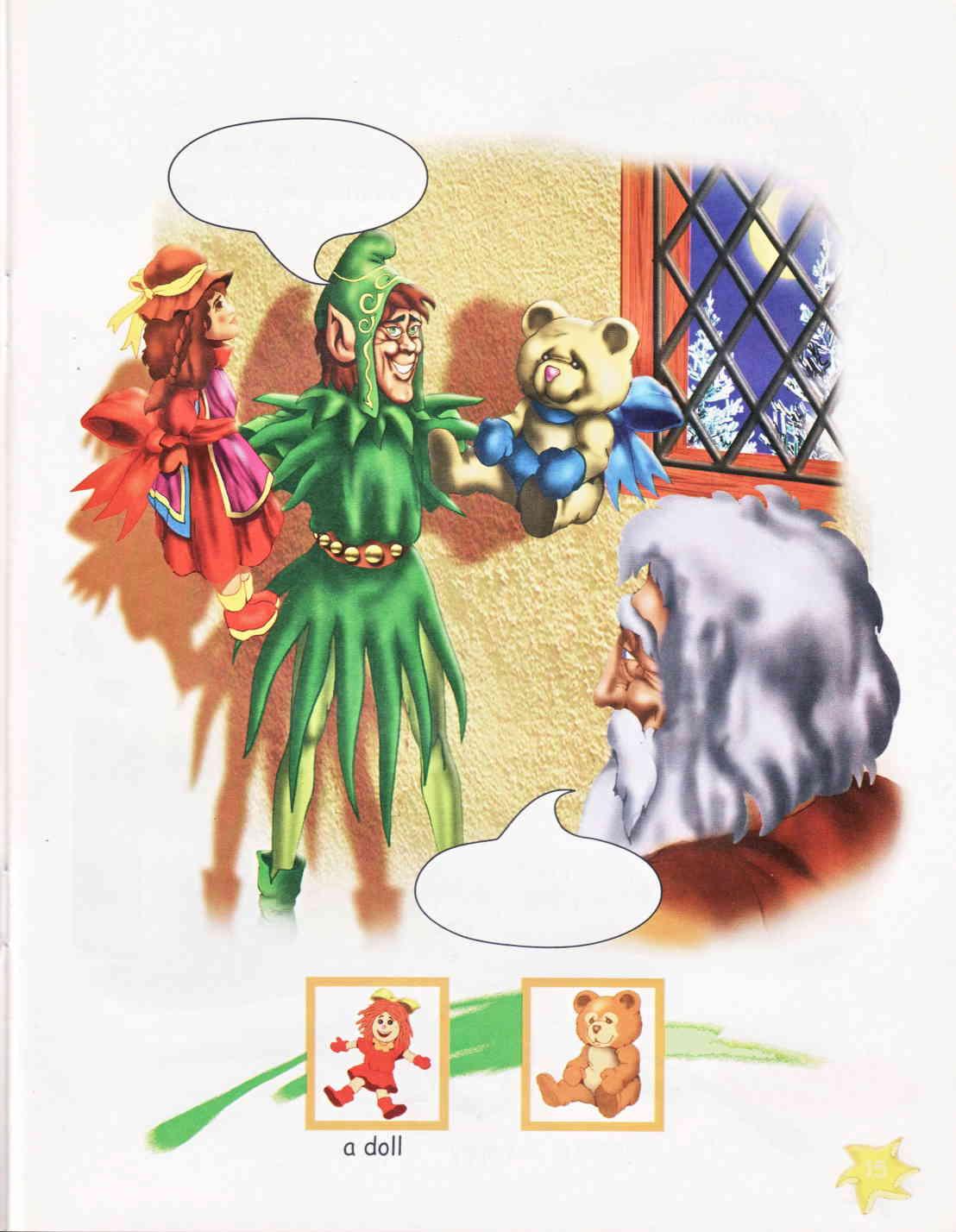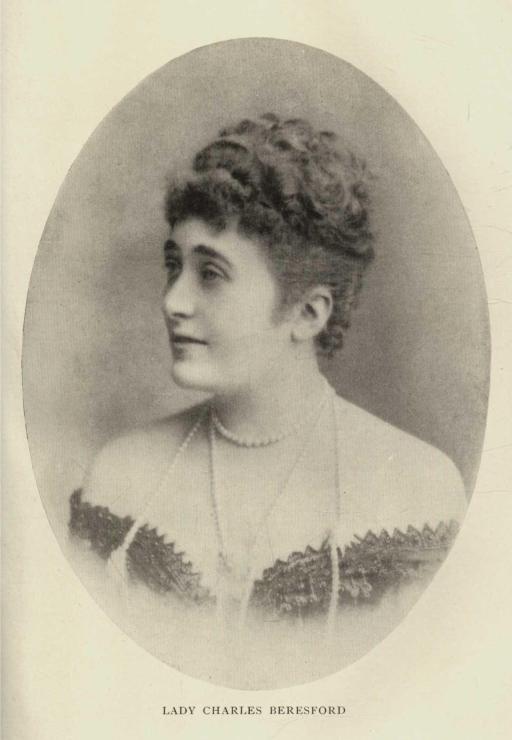We believe these products will be a great fit for you. Click the link to download now, or visit ebooknice.com to discover even more!
(Ebook) Merry Christmas by Sequoia Childrens Publishing ISBN 9781649963307, 1649963300
https://ebooknice.com/product/merry-christmas-48684730
(Ebook) Merry and the Ghost of Christmas Future [The Christmas Carols 03] by Lana Dash ISBN B0BDBLVBGF
https://ebooknice.com/product/merry-and-the-ghost-of-christmas-future-thechristmas-carols-03-47375160
(Ebook) Christmas Fright (Merry F*cking Christmas #3) by Shelby Manuel ISBN 9798869907882, 9798863100142, 8869907880, 8863100144, B0CCB26VKX
https://ebooknice.com/product/christmas-fright-merry-f-ckingchristmas-3-53962228
(Ebook) Christmas Dare (Merry F*cking Christmas #2) by Shelby Manuel ISBN 9798869906816, 9798863094717, 8869906817, 8863094713, B0CC9ZHH7S
https://ebooknice.com/product/christmas-dare-merry-f-ckingchristmas-2-53962230
(Ebook) I Don't Give a Fudge: Merry Fudgin' Christmas by Brynn Hale ISBN B0B4863S6G
https://ebooknice.com/product/i-don-t-give-a-fudge-merry-fudginchristmas-48296424
(Ebook) Merry Christmas Cozy Mystery Bundle - Box Sex by Bridget Bowman Et El ISBN B0175QY2F0, B0175QY221, B0175QY222
https://ebooknice.com/product/merry-christmas-cozy-mystery-bundle-boxsex-43098734
(Ebook) God Rest Ye Merry: Why Christmas is the Foundation for Everything by Wilson, Douglas ISBN 9781591281276, 159128127X
https://ebooknice.com/product/god-rest-ye-merry-why-christmas-is-thefoundation-for-everything-56089842
(Ebook) Biota Grow 2C gather 2C cook by Loucas, Jason; Viles, James ISBN 9781459699816, 9781743365571, 9781925268492, 1459699815, 1743365578, 1925268497
https://ebooknice.com/product/biota-grow-2c-gather-2c-cook-6661374
(Ebook) Merry Xmas Daddy: Older Man Younger Woman Age Gap First Time Virgin Romantic Erotica (It's Christmas, Daddy Book 1) by Sweet, Cherry ISBN B0CLKCWTRT
https://ebooknice.com/product/merry-xmas-daddy-older-man-younger-woman-agegap-first-time-virgin-romantic-erotica-it-s-christmas-daddy-book-1-53991966
byJennyDooley& ChrisBoles
PrimoryStogeI Teocher'sEdition
lntroduction................
SuggestedLessonPlan.........
MerryGhristmas,SceneI
Song : Ghristmas is Goming!
MerryChristmas,Scene2 ..............
Song: lt's ChristmasTime
MerryGhristmas,Scene3 ...............
Song: Get Ready!
ilferryGhristmas,Scene4 ...............
Song: WeWishYouA MerryGhristmas..,............
Activities
Suggestionsfor Staging
Howto StagethePlay
ScriptandGeneralStageDirections Props Scenery
Introduction
Christmas-time is a series of graded readers which is aimed at young learners between the ages of 6 and 10. The series helps students to develop their knowledge of the English language through enjoyable stories about the spirit of Christmas from all over the world. The series also provides further practice activities in the language presented in each story. Therefore, it is suitable for use as a supplement to most primary courses and in all teaching situations.
The books are especially designed to motivate young learners of English as a foreign language and encourage them to take an active interest in the language Each story can easily be turned into a play for a class production . These plays offer parts to learners of different abilities and are therefore suitable for all primary classes
The series has three key levels :
Primary Stage 1
Primary Stage 2
Primary Stage 3
The stories are written in rhyme for Primary Stages 1 and 2, as learners aged 6 to 9 tend to find it much easier and more enjoyable to read and learn language in rhyme; Primary Stage 3 has been written in prose, as learners at this stage should be exposed to everyday speech patterns Each story is accompanied by a fully -dramatised recording , so that even learners who use the series outside the classroom can benefit from exposure to the correct pronunciation and intonation of the English language In addition, they will gain a better understanding of the language in context.
Christmas-time Primary Stage 1 is the first stage of the series. It is designed for children between the ages of 6 and 8 who have completed between 30 and 40 hours of English language learning.
Components:
• Pupil's Book
• Teacher's Edition
• Audio CD / Cassette
The Pupil's Book is divided into five main sections :
• The story itself is presented in double-page spreads and is accompanied by a picture dictionary for each spread, which presents the core vocabulary used.
• Activities for further practice of the language learned throughout the story. These are clearly indicated in the main story through child-friendly signposting.
• A song after each scene in the story related to the main topiC.
• A script and a list of props for the production of the story as a play. This will activate the students' passive language by encouraging its use in a real situation (the staging of the play). It will also help teachers by illustrating how the play can be staged simply and effectively.
• An alphabetical word list of all the vocabulary items presented in the picture dictionary throughout the story. This may easily be turned into a glossary if the students are encouraged to write their first language equivalent next to each item.
The Teacher's Edition includes all of the above, the only difference being that the answers in the Activities section are over-printed for easy reference. It also includes an additional section called Suggestions for Staging, which offers stage directions, practical tips on costuming, floor plans, a list of props needed for each scene (as well as ideas on how to make them), and drama activities so that learners are prepared and motivated to take part in the production.
Random
documents with unrelated content Scribd suggests to you:
position of the rammer was totally unreliable; while the actual loading of the gun was done upon the battery deck below the turret. Hence the loading crew must also have been unaware that there had been a misfire. The system in use in the Thunderer was experimental, and after the accident its defects were remedied. I then wrote to The Times explaining what the system had been and how it had been improved, in order both to remove any misapprehension there might have been with regard to the efficiency of the officers and men who perished in the disaster, and with regard to the future safety of guns' crews. I was reprimanded by the Admiralty for having published the letter while on full pay in the command of the Osborne; but the reprimand was (like the Bishop's apron) a mere form, for I also received a private letter of thanks.
After the bursting of the boiler, but before the gun accident, the Prince of Wales at my suggestion very kindly came on board, in order that the men's belief that the Thunderer was an unlucky ship should be removed. The Prince fired the fore turret guns at a target from the captain of the guns' firing position, and made a rattling good shot.
The Thunderer was employed in experimental work, such as measuring her turning-circle (the diameter of which is the smallest distance the ship can set between the point at which she begins to describe a semi-circle and the point at which she ends it), and noting her behaviour under various circumstances and stresses of weather. I gained much valuable experience in her, and I shall always remember Captain Wilson as one of those officers from whose skill and experience I learned the most.
While I was in the Thunderer (1876-7) I made one of the first working models of the telephone used in this country, and had the honour of presenting it to H.R.H. the Princess of Wales. The invention was first exhibited before the British Association by Mr. W. H. Preece on 23rd August, 1877; and it was shown to Queen Victoria at Osborne on 15th January, 1878. The Telephone Company was established during the same year.
LADY CHARLES BERESFORD
The Thunderer was sent to blow up a vessel which had capsized and which was floating in the Channel, a danger to mariners. Explosives attached to her side tore pieces out of her, but the wreck continued to float. In these
cases it is necessary to disintegrate the vessel, whether sunk or floating, into fragments. I suggested that the hull should be girdled with an iron hoop to which explosives were attached at intervals, and the device was successful. The explosion cut her into holes like the perforations of a sheet of postage stamps and she broke up.
The Thunderer was lying off Queenstown, and I was watching a cutter which was running out of the harbour. On the deck was a group of Irish farmers. The cutter suddenly gybed, the boom knocking down the farmers. Getting up, they instantly fell upon one another with sticks; and they were hard at it when over came the boom again, and again felled them all to the deck. It could be they had had a drop of liquor taken, which confused their intellects.
In the year 1878 I married Miss Jeromina Gardner, daughter of the late Richard Gardner, M.P. for Leicester, and of Lucy Countess Mandelsloh, whose father, Count Mandelsloh, was for some years Minister in London, representing Würtemberg.
Shortly afterwards I was appointed to command the royal yacht Osborne. The Osborne was used by the Prince of Wales (afterwards King Edward VII). In those days she was not kept in commission for more than a few months in each year.
Several cruises were made to Denmark, and there were many shooting expeditions. On one such occasion I was the only person present who was not either a king actual or a king prospective. There were the King of Denmark, the King of Norway and Sweden, and the King of Greece, the Prince of Wales, the Cesarewitch, the Crown Princes of Denmark, of Norway and Sweden, and of Greece. We shot foxes, hares, deer, and anything that came along; and I was laughed at when my instincts forbade me to shoot a fox.
Upon a return voyage, when all the Royal children were on board, a gale sprang up just off the Skaw. The starboard paddle-wheel was smashed upon some wreckage; and the next thing I saw was a small craft being driven on a lee shore. The Osborne dropped anchor, in order both that the paddle-wheel should be repaired and that the crew of the driving vessel might be assisted.
The only way to rescue them was to veer a boat astern with a hawser. Just as the arrangement was ready, to my delight I perceived the crew—there were four—embarking in their own boats. They reached the shore in safety, but their ship was wrecked.
It was then the system in the royal yachts to retain the officers in her for long periods. One officer had been in the Osborne for fourteen years. I ventured to suggest to the Prince of Wales that under these conditions his acquaintance with the officers of the Fleet was necessarily limited, and that by means of restricting the time of service in the Osborne to two years, he might become acquainted with a succession of officers. With his habitual courtesy and address, the Prince adopted the suggestion.
Queen Victoria was, however, a little perturbed by the change. Her Majesty said to me that she hoped I should not endeavour to change the officers in the royal yacht.
"No, ma'am," I replied. "I have no such power. I only made a suggestion to the Prince."
"You may be right," said the Queen, "but I am an old woman now, and I like to see faces I know about me, and not have to begin again with new faces."
We had some excellent boat-racing in the Osborne. One famous race was rowed at Cowes between the officers of the royal yachts Victoria and Albert and Osborne, in six-oared galleys. Her Majesty Queen Victoria came down to the jetty to witness the contest. The stroke of the Victoria and Albert was my old comrade in the Marlborough and Bellerophon, Swinton Holland. I was stroke of the Osborne's crew. At first the Osborne drew ahead—rather, I think, to the Queen's dismay—but eventually the Victoria and Albert won the race, to the delight of Her Majesty.
Another great race was rowed between the Osborne six-oared galley and the Dockyard boat. It took place off Southsea, the whole of the foreshore being lined with people. The Osborne won. Her boat was manned by Irish bluejackets whom I had trained myself.
While I was commanding the Osborne one of the crew met with a singular accident. We were shooting the seine off Calshot, and, as it fouled, I sent a man down to clear it. When he came up, he said that he had been stabbed through the hand "by some beast." I examined the wound and found that his hand had been pierced right through, and I thought that he must have come upon a nail or a splinter in a piece of wreckage. But when we hauled up the seine, there was a huge sting-ray. I cut out the sting and gave it to the Princess. There is no doubt that the fish had transfixed the man's hand. The sailor is still alive, and is well known in Portsmouth for his political enthusiasms. It was in the same haul that we caught a red mullet weighing about six pounds, the biggest I have ever seen.
I ought here to record the very great interest taken by the Royal Family in all matters connected with the Navy. While I was in command of the Osborne, the Prince of Wales graciously consented to attend one of the gatherings of members of Parliament who came at my invitation to see something of the Navy. On this occasion they visited Portsmouth Dockyard, where they were shown everything of interest.
One of the experiments performed for the entertainment and the instruction of the party was firing at a floating cask with bombs thrown by hand, a method of warfare since discontinued owing to the danger it involves to the person bombarding. When the cask exploded, a stave flew between the Prince and the general commanding at Portsmouth, Sir Hastings Doyle. Had it struck either of them he must have been killed.
The general's brother, Percy Doyle, a dear old gentleman well known in society, had very bad sight. I once saw him trying to eat a red mullet done up in paper. After a good deal of harpooning, he got it out, but put the paper in his mouth. We always told him he had swallowed the births, deaths, and marriages column of The Times.
On Sunday the 24th of March, 1878 (the date of my engagement to Miss Gardner), the Eurydice, training frigate, capsized off the Isle of Wight in a sudden squall and sank. The total loss of life was about 300, only two being saved. She was on her way home from the West Indies. Coming under the Isle of Wight, she hauled her wind for Spithead, thus closing the land, so that it was impossible for the watch to see a squall coming up from windward.
The captain, the Hon. Marcus A. S. Hare, was anxious to reach the harbour as soon as possible in order to give the men Sunday leisure. It was about four o'clock in the afternoon when a sudden squall struck the ship, and she heeled over; the lee main-deck ports being open, according to custom, she took in a good deal of water, depressing her bows; so that instead of capsizing, she simply sailed straight to the bottom, her fore-foot being broken off with the force of the impact, and her topgallant masts remaining above the surface. There was no time to shorten sail. When she was raised it was found that only one rope, the mainroyal sheet, had carried away.
Rear-Admiral Foley, admiral-superintendent of Portsmouth Dockyard, kindly invited me to be his guest to take part in the salvage operations arranged for the raising of the Eurydice. That occasion was, I think, the first upon which the newly invented wire hawsers were actually tested in practical work. When they were introduced it was thought that they would not be flexible enough for their purpose. They were, however, used with great success in raising the Eurydice. The hawsers were passed under the hull of the sunken ship and secured to lighters moored on either side of her. As the tide went down, the hawsers were hove taut, and water was let into the lighters so that they should be brought as low in the water as possible. The water was then pumped out of the lighters, thus putting the utmost strain upon the hawsers. Then, as the rising of the tide exerted a powerful lift upon lighters and hawsers, the lighters were towed towards the shore, in order to drag the wreck upon the beach. As soon as she grounded, the hawsers were fleeted and the whole process gone through again until at low tide she was nearly high and dry.
My old ship, the Thunderer, which took a hawser to her after capstan to tow the Eurydice, had the solid iron spindle of the capstan pulled right out of her, as a long nail is bent and dragged out of a piece of timber. I well remember the intense excitement when the wreck first shifted from her bed. Eventually we hauled her up the beach. I was just then taking a bearing for Admiral Foley, and could not have given a better holloa if I had viewed a fox.
Before the water was pumped out of her, and as she lay on her side on the beach, I climbed in at a porthole, and sat there waiting till I could enter. As the water fell, I saw emerge the sentry's clock on the main-deck. The hands
had stopped at 4.5. The bodies lay in heaps, tangled amid ropes; some had lost a head and some a limb. Black mud had filtered in everywhere, even (as Sir Edward Seymour remarks) into the closed drawers of the chests in the cabins.
When, as a cadet, I was learning to heave the lead from the chains of the Eurydice, which, as I have already related, was then moored off Haslar Creek in Portsmouth Harbour, I little thought I should one day help to raise her from the bottom of the sea.
Dr. Boyd Carpenter (late Bishop of Ripon), in his charming volume of recollections, Some Pages of my Life, narrates a remarkable story concerning the Eurydice, as it was told to him. Sir John MacNeill was the Bishop's cousin and, like other members of his family, had the gift of second sight.
"Sir John MacNeill," writes the Bishop, "was looking out of the window in Sir John Cowell's room at Windsor, when suddenly he exclaimed: 'Good Heavens! Why don't they close the portholes and reef the topsails!' Sir John Cowell looked up and asked him what he meant. He said, in reply, that he hardly knew; but that he had seen a ship coming up Channel in full sail, with open portholes, while a heavy squall was descending upon her. At the very time this conversation was taking place the fatal storm fell upon the Eurydice, and she foundered as she was coming in sight of home."
In 1880, while I was still in command of the Osborne, I lost my seat at Waterford. In the following year, desiring to hold another independent command before my promotion to captain, I applied to go to sea again, and was appointed to command H.M.S. Condor.
CHAPTER XVII WITH THE PRINCE IN INDIA
In September, 1875, I was appointed A.D.C. to the Prince of Wales (our late King) to accompany his Royal Highness upon his visit to India. The complete list of the suite was as follows: The Duke of Sutherland, K.G.; Sir Bartle Frere; Lord Suffield, Head of the Prince's Household; Major-General Lord Alfred Paget, Clerk-Marshal to H.M. the Queen; Lord Aylesford; Major-General Probyn, V.C., Equerry to the Prince, in charge of the transport and sporting arrangements; Colonel Arthur Ellis, Grenadier Guards, Equerry to the Prince; Mr. Francis Knollys (afterwards Lord Knollys), the Prince's private secretary; Surgeon-General Fayrer, Physician to the Prince; Captain H. Carr Glyn, Royal Navy, A.D.C. to H.M. the Queen commanding H.M.S. Serapis; Colonel Owen Williams; Lieutenant Lord Charles Beresford, Royal Navy, A.D.C. to the Prince; Lord Carington, A.D.C. to the Prince; the Rev. Canon Duckworth, Chaplain; Lieutenant (afterwards Colonel) Augustus FitzGeorge, Rifle Brigade extra A.D.C. to the Prince; Commander Durrant, Royal Navy, commanding royal yacht Osborne; Dr. W. H. Russell, hon. private secretary to the Prince, chronicler of the voyage; Mr. Albert Grey (afterwards Lord Grey), private secretary to Sir Bartle Frere; Mr. Sydney Hall, artist.
The Indian officers, who joined the suite at Bombay, and whose energy and ability were beyond all praise, were Major-General Sam Browne, V.C., in charge of transport; Major Williams, in charge of horses and grooms; Major Bradford, head of the police and responsible for the safety of the person of the Prince; Major Sartorius, V.C., in charge of tents and servants; and Major Henderson, linguist.
The first announcement of the intention of the Prince to visit the Indian Empire was made by Lord Salisbury to the Council of India on 16th March, 1875. The matter was subsequently discussed at length both in Parliament and in the Press. The condition of affairs in India, where the mass of the ruling princes and chieftains had still to realise that the rule of the Honourable East India Company had given place to a greater governance, rendered the visit of the future Sovereign of paramount importance; and the Prince's sagacity was seldom more admirably exemplified than in his determination to visit India as the Heir-Apparent of the Crown. That the scheme was entirely and supremely successful in achieving the object for which it was designed, was due to the Prince's zeal, ability, tact and indomitable vigour. He gave his whole mind to the enterprise; thought of
everything in advance; and set aside his personal comfort and convenience from first to last. Only one regret was present in the minds of all: the regret for the unavoidable absence of the Princess.
The whole history of the episode has been so excellently well told by the late Dr. William Howard Russell, the famous war correspondent, who was a member of the suite, in his The Prince of Wales's Tour (London, 1877; Sampson Low) that any detailed account of it on my part would be superfluous.
The Prince left England on 11th October, 1875, and embarked in H.M.S. Serapis at Brindisi on the 16th. In the Suez Canal we heard of the purchase of Suez Canal shares by the British Government. The Serapis arrived at Bombay on 8th November.
Thenceforward the Prince's tour was an unresting progress of Durbars, receptions, dinners, visits, processions, ceremonies, speeches, addresses, fireworks, entertainments, investitures, reviews, varied only by intervals of sport. From Bombay, the Prince went to Goa, and thence to Ceylon, visiting Colombo, Kandy, where he viewed the sacred tooth of Gotama Buddha, and Ruanwalla, where there was an elephant hunt. Then he went to Tuticorin, Madura, Trichinopoly, Madras, Calcutta, Bankipoor, Benares, Lucknow, Cawnpore, Delhi, Lahore, Cashmir, Umritsar, Agra, Gwalior, and Jeypoor. From Jeypoor he went into camp in the Terai and enjoyed excellent sport. Then, in Nepal, under the auspices of Sir Jung Bahadur, there was the great elephant hunt. From Nepal the Prince went to Allahabad, then to Bombay, whence he sailed on 11th March, 1876, having been in India seventeen weeks exactly. "The Prince," wrote Dr. Russell on that date, "has travelled nearly 7600 miles by land and 2300 by sea, knows more Chiefs than all the Viceroys and Governors together, and seen more of the country in the time than any other living man."
On the outward voyage his Royal Highness visited the King of Greece. When the King and Queen were leaving the Serapis after dining on board, we showed them compliment and honour by setting them alight. The blue lights burning at the main-yard being exactly above the boat in which their Majesties were going ashore, dropped flakes of fire upon them. The Prince also visited the Khedive. On the return voyage, the Prince met at Suez Lord
Lytton, who was on his way to India to succeed Lord Northbrook as Viceroy; was again entertained by the Khedive; visited Malta; called at Gibraltar; and visited the King of Spain and the King of Portugal. The Serapis was accompanied by the royal yacht Osborne, Commander Durrant, and H.M.S. Raleigh, Captain Tryon. The Prince landed in England on 11th May, 1876.
It is worth noting that Lord Lytton went out in the Orontes, one of the Imperial Service troopships, as they were called. The troopship service was then at times conducted by the Royal Navy, a practice since discontinued. The Orontes was commanded by Captain E. H. Seymour (afterwards Admiral of the Fleet the Right Hon. Sir Edward Seymour, G.C.B., O.M., G.C.V.O., LL.D.) In his very interesting book, My Naval Career and Travels, Sir Edward Seymour writes: "At Suez, by arrangement, we met H.R.H. the Prince of Wales (our late King) on his way home in the Serapis. At Aden Lord Lytton landed in state, it being the first point reached of his new dominions." The point illustrates the working in detail of the great scheme of Imperial organisation which was conceived by the master-mind of Disraeli, and which he continued to carry into execution so long as he was in power.
Upon landing at Bombay, I rode up to Government House with my brother, Lord William, precisely as I had ridden up with another brother, Lord Marcus, exactly six years previously, on the same day of the year. Lord William was then extra A.D.C. to the Viceroy, Lord Northbrook, having been appointed to that post as a subaltern in the 9th Lancers. He was subsequently appointed A.D.C. to Lord Lytton, in which capacity he attended the Viceroy at the Durbar at which Queen Victoria was proclaimed Empress of India. He was afterwards military secretary to three successive viceroys, Lords Ripon, Dufferin and Lansdowne; altogether he served on the personal staff of five viceroys. From 1877 to 1879, while nominally in attendance upon the Viceroy, Lord William fought in the Jowaki expedition of 1877-78, the Afghan war, during which he was present at the capture of Ali Musjid, and the Zulu war of 1879. "In the latter," wrote a military correspondent of The Times (31st December, 1900), "he served as a staff officer during the reconnaissance across the White Umvolusi River and at the battle of Ulundi. It was in Zululand, in July, 1879, that Beresford won the V.C. for halting, when closely pursued by the enemy, to take a wounded non-commissioned officer on his horse. When the soldier at first declined to risk the officer's life
by giving the latter's horse a double burden, Beresford is understood to have hotly declared that unless the man immediately got up on the saddle he would himself dismount and 'punch his head.'"
For his services in the Burmese expedition of 1886, he received a brevetcolonelcy; and in 1891 he was promoted full colonel; in 1894 he received the K.C.S.I.; and thereafter remained on the active list of the Army, but unemployed. Of his exploits on the turf it is not here the place to speak; but I may be pardoned if I have placed on record in this place some account of Lord William's Indian service which extended over nearly twenty years. Few men have earned so universal an affection as that which Lord William inspired, alike in European and native. His ability in matters of administration was remarkable, and he acquired an extraordinary influence over the natives of India. The correspondent of The Times, already quoted, observes that Lord William might have had a distinguished career in any profession; that he might have been a great soldier, a great diplomat, a great political officer, had not his passion for the turf diverted a part of his energies. It may be so; but perhaps one may be allowed to say that one liked him for what he was and not for what he might have been; and also that he did not do so badly. The warmest affection existed between my brother and myself; and his death, which occurred in 1900, was a great grief to me. But that was in the far future when I landed from the Serapis and we rode up to Government House together.
Of the other members of the Prince's suite I retain the most pleasant recollections. Among them I especially recall Major-General Probyn (afterwards General the Right Hon. Sir Dighton Macnaghten Probyn, V.C., etc. etc.); Major-General Sam Browne, V.C. (afterwards General Sir Samuel James Browne, V.C., K.C.S.I., etc.); Major Bradford (afterwards Sir Edward Ridley Colborne Bradford, Bart., K.C.S.I., G.C.V.O.); Surgeon-General Fayrer (afterwards Sir Joseph Fayrer, Bart.); and Dr. Russell (afterwards Sir William Howard Russell, C.V.O., LL.D.).
Major-General Probyn, of magnificent presence, black-bearded, hawkeyed, a hero of the Mutiny, was universally respected and beloved by the native population, over whom he owned a great influence. He was one of the finest soldiers and most delightful companions it has been my fortune to know. In 1876, he already had twenty-five years' service, including the
Trans-Indus frontier affair of 1852-57, the Mutiny (in which his name was a terror), in China in 1860, in the Umbeyla campaign of 1863. He was Colonel of Probyn's Horse, 11th King Edward's Own Lancers; afterwards Keeper of the Privy Purse, Comptroller and Treasurer of the Household of the present King when he was Prince of Wales; and since 1901, extra Equerry to the King.
Probyn and I assisted at a surgical operation. A mahout had his hand smashed; and we held him while the surgeon amputated his finger and thumb.
Major-General Sam Browne, V.C., had served in the second Sikh war with distinction, and during the Mutiny led the surprise attack upon the rebels at Sirpura, at dawn upon 31st August, 1858. Almost single-handed, he charged the guns, receiving the wound resulting in the loss of his arm. For this service, he was awarded the V.C. During the Prince's tour he represented the Indian Army; nor could a finer or more efficient representative have been selected.
Major Bradford had performed gallant and distinguished service in the Mutiny. He had lost an arm, under circumstances which may be worth repetition. Together with a brother officer, Captain Curtis, and a trooper, Bradford was tiger-shooting. Seated in a mechan (tree-shelter), he wounded a tiger, breaking its back; his second barrel missed fire; and Bradford fell from the mechan on the top of the tiger, which seized him. Bradford thrust his fist down the beast's throat; and while Curtis was trying to get another shot, the tiger mangled Bradford's arm up to the shoulder. Curtis eventually killed the animal. The party had a long and painful distance to traverse before they reached help. Bradford's arm was amputated without chloroform. In 1890, Bradford was appointed commissioner of police in the Metropolis, at a time when there was a good deal of discontent in the Force, and speedily proved the worth of his unrivalled experience and ability.
Surgeon-General Fayrer, I remember, had a remarkable way with snakes. He kept a selection of the most deadly reptiles in a wheelbarrow, nestled in straw. With his naked hands he would uncover them, and, deftly catching them by the neck, force them to exhibit their fangs.
Someone composed a set of irreverent verses dedicated to the surgeongeneral:
"Little Joe Fayrer Sent for his bearer And asked for his Christmas pie. e put in his thumb, And pulled out a plum, And found it a K.C.S.I."
Dr. W. H. Russell, the famous war correspondent, who in his letters to The Times during the Crimean war did so much good service, was a most delightful companion. He is remembered by all who knew him, both for his talents and for his sympathetic and affectionate disposition and his unfailing sense of humour. He was one of my greatest friends. During the voyage, he occupied the cabin next to mine.
The Prince having requested him to provide himself with a uniform, Dr. Russell designed a kind of Ambassadorial dress of great splendour, with so generous a gold stripe to his kersey breeches, that we told him he had gold trousers with a white stripe inside. These effulgent garments unfortunately carried away when the doctor was climbing upon an elephant, on his way to a Durbar. I executed temporary repairs upon his person with safety pins; and implored him not to stoop. But when it came to his turn to bow, bow he must; the jury rig parted, and a festoon of white linen, of extraordinary length, waved behind him. Fortunately, the assembled Indian Princes thought it was part of his uniform.
At Mian Mir, during the ceremony of a great review of troops, Dr. Russell, who was riding among the suite mounted on a half-broken Arab, was suddenly heard to shout, "Whoa, you villainous brute!" At the same moment, several of the suite were knocked endways. The Arab then got the bit in his teeth, and tore away past the Prince down the whole line. Dr. Russell's helmet was jerked to the back of his head, his puggaree unfurled in a long train floating behind him, he vanished into the distance and we did not see him again until dinner-time. He passed so close to the Prince, that
had the doctor another thickness of gold on his gold trousers, there would have been an accident to his Royal Highness.
The Duke of Sutherland, during the Prince's journeys overland in India, took an intense delight in driving the engine, from which it was hard to tear him away. We had halted at a station where the customary ceremonial had been arranged, and had changed into uniform, all save the Duke, who was nowhere to be seen.
"Where can he be?" said the Prince.
I submitted that he might be on the engine, and went to see. Sure enough, the Duke was sitting on the rail, his red shirt flung open, his sun-helmet on the back of his head. In either black fist he grasped a handful of cotton waste, with which he was mopping up the perspiration of honest toil. He hurried to his carriage to change into uniform; and presently appeared, buttoning his tunic with one hand. In the other he still grasped a skein of cotton waste. The Prince looked at him.
"Can nothing be done?" said the Prince sadly.
The great elephant hunt in Nepal took place on the 25th February, 1876, under the auspices of Sir Jung Bahadur (afterwards the Maharaja Sir Jung Bahadur, G.C.B., G.C.S.I.). A herd of wild elephants, captained by a male of gigantic size and valour, who had already vanquished Sir Jung's most formidable righting elephants, had been tracked down in the forest. Sir Jung determined that, come what would, he should be captured. Sir Jung led the Prince and several of his suite, all well mounted on horses, into the forest, to the rendezvous, to which the wild herd was to be driven. But in the meantime, the big elephant had given the hunters the slip.
I was of the hunting party, and I had the stiffest run of my life, and at the end of it there were left besides myself only my companion—I think he was Mr. Greenwood—and six Indian notables. Mounted on swift pad elephants, we pursued that tremendous beast at top speed from four o'clock in the morning till six in the evening, bursting through the jungle, splashing through rivers, climbing the rocky steeps of hills upon which there appeared to be no foothold except for monkeys, and down which the elephants slid
upon their bellies. So we rode hour after hour, hanging on the ropes secured to the guddee, lying flat upon the steed's back to avoid being scraped off his back by branches, until the quarry, escaping us ran straight into Sir Jung Bahadur's party of horsemen.
There, in an open space set with sword-like reeds, stood the elephant, his flanks heaving, his head and trunk moving from side to side. He had one huge tusk and the stump of the other.
It was the business of the horsemen in front to keep him employed in the open while the champion fighting elephants, Jung Pershaud and Bijli Pershaud, were being brought up. Again and again he charged, the riders eluding his rushes, the Prince among them. A stumble or a fall—and nothing could have saved the rider. Presently the elephant, wearying of these profitless tactics, wheeled and took refuge in a swamp, where the reeds and rushes hid him. But there was nothing to do but await the arrival of the fighting elephants. The fugitive employed his respite in cooling himself by pouring water over his heated person. In the meantime, Jung Pershaud, the terrible rogue elephant, somewhat fatigued like his quarry, was drawing near. Jung Pershaud, in order to give warning of his very dangerous presence, was hung about the neck with a large bell, like a railway-station bell. When he was not in action he was secured with ropes.
Presently, from out the jungle, there sounded the uneven, minatory clangour of the bell. Everyone shouted that Jung Pershaud was coming. The hunted elephant paused in his ablutions, turned about, and, pushing the foliage aside with his trunk, gazed in the direction of the warning note. Then emerged into view the vast head of Jung Pershaud, painted scarlet. He moved steadily and directly upon his quarry, who lowered his head, presenting his long sharp tusk. The tusks of Jung Pershaud were four to five feet long and ringed with brass.
Jung swung his trunk and dealt the hunted elephant a blow on the head, then charged him in the flank with a resounding impact, drew back and charged the reeling beast from behind. The hunted elephant took to flight, pursued by Jung Pershaud, heading straight for the place where I was watching the combat among the pads and smaller fighting elephants. These turned and fled in terror.








